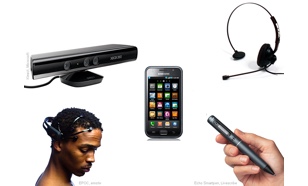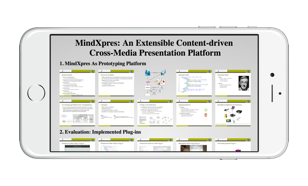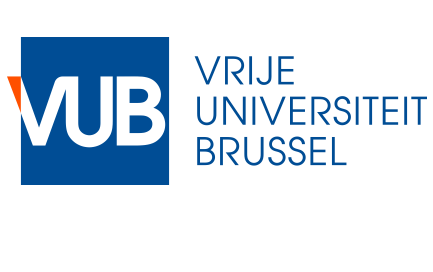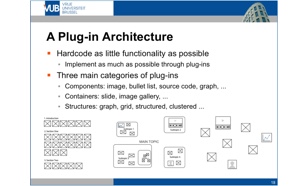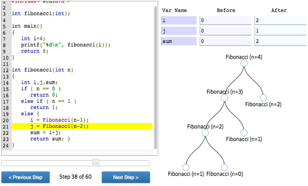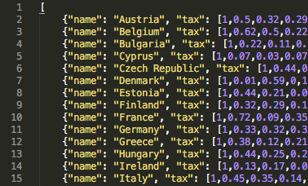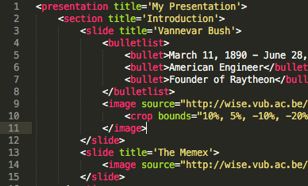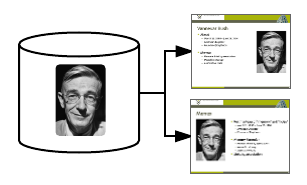Non-linear Navigation
You might have seen or experienced the problem with linear slide sequences before. Sometimes the presenter wants to revisit a previous slide and awkwardly has to back in the sequence slide per slide until the right slide is found. Sometimes it takes a while to find and it can increase the presenter's anxiety. Furthermore, the presenter has to repeat the whole ordeal to get back to the original slide.
No matter what presentation style you choose, MindXpres lets you define any navigation path over your content. You can set up the presentation to visit or revisit the content in any order and a navigation path can even split up into multiple options so that the presenter can change paths depending on the audience. Furthermore, MindXpres also supports links that navigate to a specific part of the presentation when clicked, much like links on the web. Also note that many structure plug-ins also offer some kind of overview over all the content making it easier to find and navigate to content on demand. Structure plug-ins may also influence the way is navigated and can provide a default navigation path that suits the chosen structure.
Relevant Publications
Feature Overview
